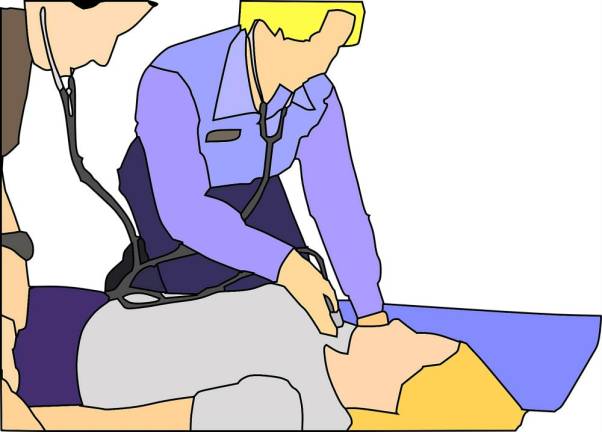A Call To Help Those Who Help Us

Consider this: Nobody calls first responders when they are having a good day.
First responders answer calls in the middle of the night and in the middle of snowstorms. They have seen teenagers overdose in the bathroom, burnt-out mothers having panic attacks, grandparents falling down the stairs and not being found for hours. First responders probably witness more trauma in a week than most of us witness in a year. During the pre-COVID era, EMS workers were already feeling compassion fatigue and occupational stress on the regular; the crisis of the pandemic caused these issues to skyrocket. Even when some of us began to tire of wearing a mask or postponing vacations, frontline workers were still battling surges of COVID patients, on top of the regular emergency calls such as heart attacks and broken bones.
The general public has a habit of referring to frontline workers as heroes, which is understandable. But once we paint an image of a superhuman — someone who has the capacity to deal endlessly with emergencies — we begin to overlook the compassion fatigue and burnout that these individuals face. A study by Syracuse University discovered that EMT workers are three times more likely to be at risk for depression and PTSD (source: Syracuse University). The Substance Abuse and Mental Health Services Administration (SAMHSA) notes that sixty-nine percent of EMS professionals never have the appropriate time to recover after responding to emergencies. Other front-line responders fare no better: around half of firefighter deaths are due to stress and exhaustion (source: SAMHSA). And living in a small town means that they will often run into people they know; how would you see yourself handling these situations?
While a mental health services study by NAEMT (National Association of Emergency Medical Technicians) found that critical incident stress counseling was available for fifty-nine percent of respondents, and other services like resiliency training or conflict resolution only had an availability of less than ten percent for respondents (source: NAEMT). The survey by NAEMT also found that only forty-six percent of respondents confirmed that their EMS agency provided mental health services. Supporting the resiliency and health of first responders needs to be a priority in communities and starts with awareness and organizational leadership. Some of the ways we can do this include: finding out if first responders in your area have access to mental health services; providing resources to engage in Critical Incident Stress Management activities; engaging and promoting local therapists; and donating time and money to causes like the Gary Sinise Foundation, Operation Gratitude, and the Code Green Campaign.
Every effort should be made to establish a caring work environment that protects first responders from overwork and excessive stress, and supports them seeking help when needed. It is our turn to help the helpers.
Elizabeth Mehling,
On behalf of We The People Warwick
Warwick